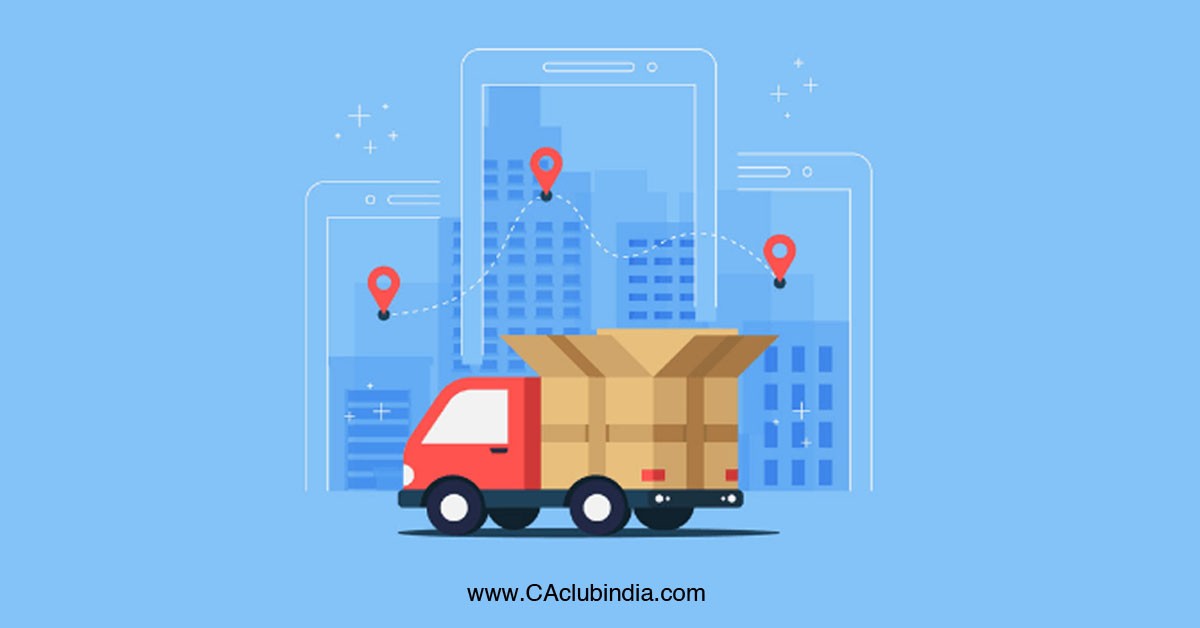An e-way bill is a document generated electronically on the government portal by businesses or individuals who are responsible for the transportation of goods worth more than a specified value from one place to another.
Purpose of e-way bill
The purpose of the e-way bill is to track the movement of goods and ensure their seamless movement across states, avoiding tax evasion and improving the overall efficiency of the transportation system. E-Way bill facilitates faster movement of goods, eliminates state boundary check-posts through a digital interface. Registered persons moving goods worth over Rs. 50,000 must generate an e-way bill.

Process for generating an e-way bill under Rule 138?
- E-Way Bill Parts: E-Way bill contains two parts - Part A with details about invoice and goods, and Part B with details about the transporter.
- Primary Responsibility: The registered person (supplier or recipient) is primarily responsible for generating the e-way bill. If they don't, the transporter can generate it. EWB can also be generated voluntarily if the value is below Rs. 50,000.
- Part-B Not Mandatory: Part-B is not mandatory for goods transported up to 50 km within a state between consignor and transporter or from transporter to consignee. But it should be updated if the goods are transferred from one vehicle to another.
- Multi-Vehicle Option: If goods are transported in multiple vehicles on a single invoice, the transporter can update Part-B using the multi-vehicle option.
- Assignment of E-Way Bill: The consignor, recipient, or transporter can assign the e-way bill number to another person to update Part-B.
- Consolidated E-Way Bill: Transporters may indicate serial numbers for each e-way bill generated for each consignment and create a consolidated e-way bill (EBW-02) if multiple consignments are sent in one conveyance.
- E-Commerce Operator or Courier Agency: In case of goods transported through e-commerce operators or courier agencies, Part-A may be furnished by them.
- E-Way Bill for Railways, Air, or Vessel Transport: E-way bill for railway, air, or vessel transport can be generated by the registered person (supplier or recipient) by furnishing Part-B on the common portal.
- E-Way Bill Cancellation: E-way bill can be canceled within 24 hours of generation, but not if already verified in transit.
- Bill-To-Ship To Model: In "Bill-to-Ship-to" model, only one e-way bill is required by either "A" or "B" when "A" orders "B" to deliver goods directly to "C" on their behalf.
- Linking with GSTR-1: E-Way Bill and GSTR-1 are linked through information provided in Part A of FORM GST EWB-01 on the common portal.
- Validity Across States: E-Way Bill generated under 138 GST rules holds validity across all states and union territories, ensuring seamless movement of goods throughout the country.
What documents must be carried by the person in charge of a conveyance during the transportation of goods?
Tax Invoice, Bill of Supply, or Delivery Challan as required, a copy of the E-Way Bill or the E-Way Bill number or an E-Way Bill mapped to an RFID device, and in the case of e-invoice, the IRN (Invoice Reference Number) may also be provided to the proper officer.
Which goods are exempt from the requirement of generating an e-way bill?
E-way bill is not required for the transportation of alcoholic liquor, petroleum products (crude, diesel, petrol, natural gas, and aviation fuel), goods under Schedule III of CGST Act, transit cargo to Nepal/Bhutan, goods moved by the Ministry of Defence, supply of heavy water to NPCIL, government transportation by rail, movement of empty cargo containers, goods transported up to 20 km for weighbridge purposes, empty LPG cylinders used for packing (not for supply), and goods specified in the Annexure to the rules. These exemptions simplify the movement of certain goods without the need for an e-way bill.






 CAclubindia
CAclubindia

